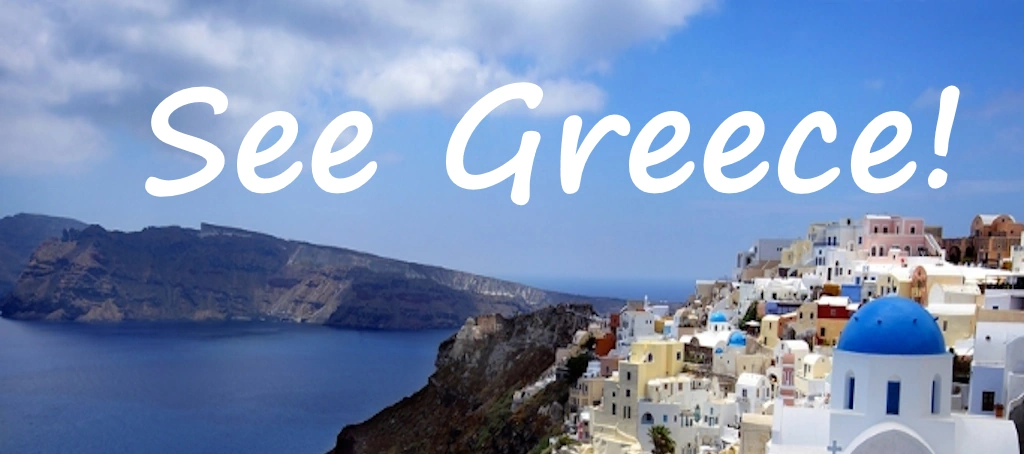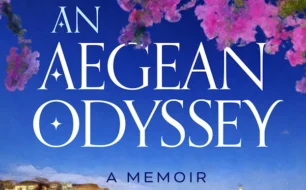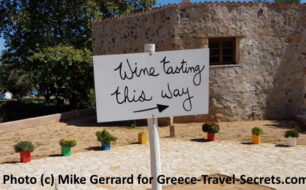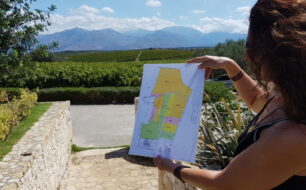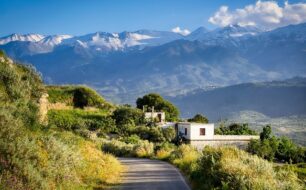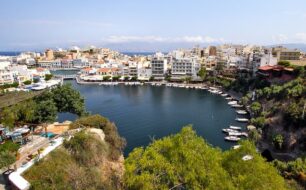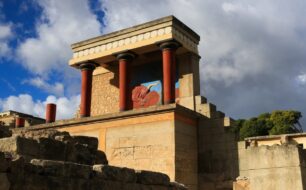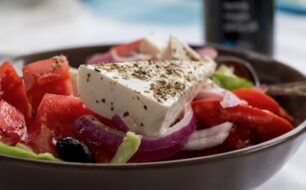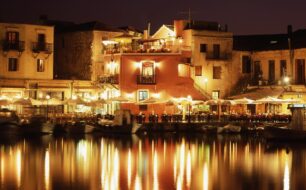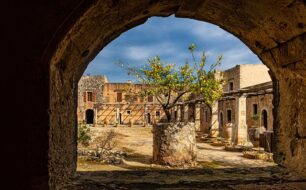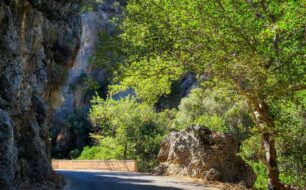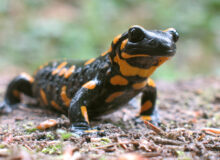See Greece presents an introductory guide to Crete, including a brief history, Crete’s regions, towns and cities, climate, geography & main visitor attractions.

Crete: Greece’s Crown Jewel of Myth, Mountains & Mediterranean Magic
Introduction
Crete, Greece’s largest and most diverse island, is a microcontinent of experiences where ancient Minoan palaces stand beside Venetian harbors, snow-capped mountains tower over palm-fringed beaches, and age-old traditions thrive in vibrant cities. As the legendary birthplace of Zeus and home to Europe’s first advanced civilization, Crete offers an epic blend of history, nature, and gastronomy unmatched in the Greek islands.

History of Crete
Minoan Civilization (2600–1100 BC)
– Knossos Palace: The largest Bronze Age archaeological site in Greece, linked to the Minotaur myth.
– Phaistos & Malia: Other major Minoan centers with iconic disc artifacts and royal villas.
– Minoan Decline: Likely due to the Thera eruption (Santorini) and Mycenaean invasions.
Classical & Roman Eras
– Archaic & Classical Periods: Ruled by city-states like Kydonia (Chania) and Gortyn (later the Roman capital of Crete).
– Gortyn Law Code: Europe’s oldest surviving legal code (5th century BC).
Byzantine, Arab & Venetian Rule
– Arab Conquest (824–961 AD): The Emirate of Crete left traces in Heraklion’s fortifications.
– Venetian Era (1204–1669): Gave Crete its harbor fortresses (Rethymno, Chania) and Renaissance art (El Greco was born here).
– Ottoman Period (1669–1898): Introduced mosques and hamams, but sparked rebellions like the Cretan Revolt (1866–69).
Modern Crete
– Unification with Greece (1913): After centuries of struggle.
– WWII Resistance: Famous for the Battle of Crete (1941) and fierce guerrilla warfare.

Geography of Crete
– Location: Southern Aegean, between Europe and Africa.
– Landscapes:
– White Mountains (Lefka Ori): Over 50 gorges, including Samaria Gorge (one of Europe’s longest).
– Psiloritis (Mount Ida): Crete’s highest peak (2,456m), with the Ideon Cave (mythical birthplace of Zeus).
– Coasts: From pink-sand Elafonisi to the palm beach of Vai.
– Climate: Hot, dry summers (25–35°C) and mild winters (snow in the mountains).

Regions of Crete
1. Heraklion (Central Crete)
– Knossos: The must-see Minoan palace.
– Heraklion City: Lively capital with the Archaeological Museum and Koules Fortress.
– Wine Country: Sample Cretan Vidiano in the Archanes vineyards.

2. Chania (West Crete)
– Chania Old Town: Venetian harbor, Egyptian Lighthouse, and Ottoman mosques.
– Balos Lagoon: Turquoise waters reachable by boat or hike.
– Elafonisi: Pink-sand beach with shallow waters.
– Rethymno Town: A Venetian-Ottoman gem with a fortress and narrow alleys.
– Arkadi Monastery: Symbol of Cretan resistance (1866).
– Preveli Beach: Palm forest meeting a river and sea.
4. Lasithi (East Crete)
– Spinalonga: Venetian fortress turned leper colony.
– Vai Beach: Europe’s largest natural palm grove.
– Zakros Gorge: A Minoan palace at the trail’s end.
Top Experiences
Beaches
– Balos (Chania): A lagoon of unreal blues.
– Falassarna (West Crete): Golden sand and epic sunsets.
– Matala (South): 1960s hippie caves and Roman tombs.

Historical Sites
– Phaistos Palace: Less crowded than Knossos, with views of Mt. Ida.
– Venetian Fortezza (Rethymno): Sunset spot over the city.
– Ancient Aptera: A Roman & Byzantine site near Chania.

Adventure & Nature
– Hike the Samaria Gorge: 16km through cliffs to the Libyan Sea.
– Cave of Zeus (Dikteon Cave): Where Zeus was raised (according to myth).
– Lasithi Plateau: Windmills and orchards at 900m altitude.

Food & Drink
– Dakos: Barley rusk with tomato, feta, and olive oil.
– Stifado: Slow-cooked rabbit or beef stew.
– Raki: The firewater of Crete—drink with locals!
Conclusion
Crete is not just an island—it’s a world of its own, where myth, mountains, and Mediterranean life collide. Whether you’re exploring 4,000-year-old palaces, hiking Europe’s longest gorge, or feasting on farm-to-table cuisine, Crete offers more diversity and depth than any other Greek island.
Best for: History lovers, adventurers, foodies, and beach-hoppers who want more than just sand and sun.
